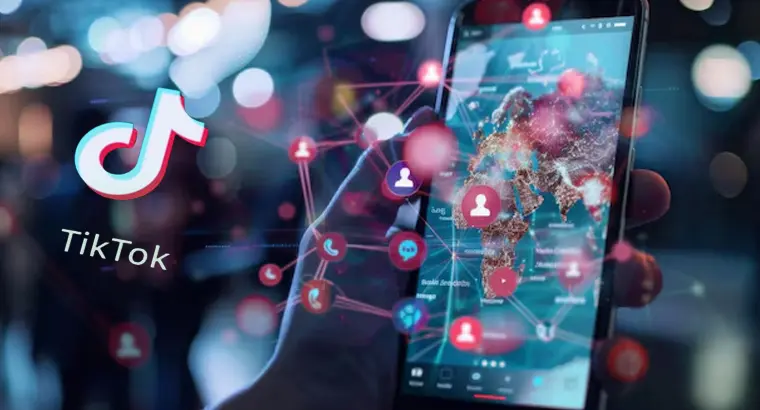
TikTok is poised to revolutionize the dynamics of social media and the experience of AI-generated content on its platform.
TikTok’s director of operations and trust and safety, Adam Presser, stated in a statement that while AI-generated content is a tremendous creative outlet, viewer transparency is of the utmost importance.
The app made the announcement on “Good Morning America” and stated that it is teaming up with the Coalition for Content Provenance and Authenticity (C2PA). C2PA is an initiative that offers information and tools to help users recognize AI-generated material. TikTok has thus become the first video-sharing platform to implement such a feature widely.
According to Adam Presser, the platform’s audiences and creators are both ecstatic about the potential of AI to foster innovation and facilitate connections between viewers and artists. However, the platform also desires individuals to be able to differentiate between truth and falsehood.
This growth is fueled by the widespread use of Content Credentials technology, an open technical standard that tracks and describes the origin of different media types, like any “nutrition label for content.” This technology provides detailed information on the creation process, the location of the content creation, and any changes made along the way.
Dana Rao, the Chief Trust Officer of Adobe, stated during a previous interview with ABC News that this technology is highly significant. Adobe, which is a founding member of the Coalition for Content Provenance and Authenticity, leads the effort and ensures that the media sector widely embraces the new digital standard. Adobe has launched its tools, including Firefly and Photoshop Express, along with other AI-based generative tools like Microsoft Copilot to integrate such metadata into the content created on its platforms.
The rise of transparent content creation has never been more prominent than during the forthcoming United States presidential elections and other global political events, where the ability to verify the credibility of information is of utmost importance. Content credentials are considered a tool for diminishing the fallout of AI-developed content by making it more convenient to detect its source.
Sam Gregory, the executive director of Witness and an expert on deepfakes, emphasizes the importance of equipping companies with the necessary tools to facilitate the identification of videos created using their tools. He believes that we can achieve this by developing a specific classifier for each of these tools. Even though he acknowledges that these methods may not be entirely accurate, Gregory regards them as a considerable step towards diminishing the risks set forth by AI-generated content.
Content Credentials by TikTok will be implemented gradually. They will include labels that remain with the content even after downloading to other social media platforms, allowing users to read this information. This functionality seeks to promote a safer and more reliable online space, which in turn supports genuine communication between users and creators.
With the progress of digital media, there will be an emphasis on authenticity and honesty. Users may view these as more trustworthy and essential than traditional nutrition labels. Similarly, Dana Rao points out that being genuine is what matters. Creators strive to create a personal connection with their audience, and these branded credentials help them show the level of authenticity they want to present in their communication to their audience.





